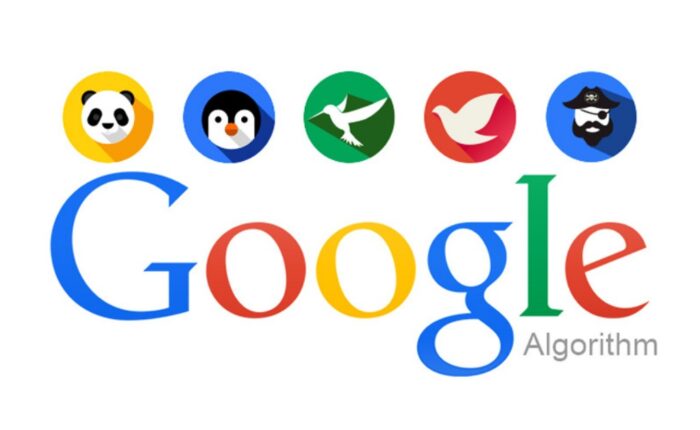Google asserts its search algorithm keeps updating many thousand times yearly. The updates of the Google algorithm are too small to recognize. However, Google has introduced a change fundamentally that disrupts the way it does SEO permanently. There are eight most vital search algorithm changes.
In Search Engine Land, you can see why the updates have been introduced, how they work and the adjustments made to the SEO strategies.
Before you start, you must know whether you are impacted by the algorithm update by launching the Rank Tracker, syncing with your Google Analytics account and then switching to Organic traffic.
Here are the eight primary Google algorithm updates:
- Panda
Date: February 24, 2011
Risks: Duplicate or plagiarized content, user-generated, and keyword stuffing.
How it works: Panda algorithm update will assign the “quality score” to web pages. The score is used as the ranking factor. First, Panda effects are mild. But, in January 2016, it was incorporated permanently into the core algorithm of Google. The update rollouts are frequent. Panda recoveries and penalties occur faster.
How to adjust: Use the site crawler to run normal site evaluations for potential content duplication, keyword stuffing, and thin content. With a site crawler, you can avoid penalties and create pages risk-free from accidental keyword stuffing. You can use a plagiarism checker, Copyscape, to check content duplication.
- Penguin
Date: April 24, 2012
Risks: Irrelevant links or spammy; links with an over-optimized anchor text
How it works: The objective of Google Penguin is to down-ranking sites with backlinks that look unnatural. The update ended low-effort link building, such as buying links from PBNs and farms.
How to adjust: Prevent Google Penguin update effects by monitoring the link profile’s growth and run regular audits using SEO SpyGlass, a backlink checker. In the Summary dashboard of the tool, you can find a progress graph for the growth of your link profile.
- Hummingbird
Date: August 22, 2013
Risks: Keyword stuffing like low-quality content
How it works: The Hummingbird algorithm aids Google in interpreting better the search queries and offers outcomes matching searcher intent. Keywords are constantly important which makes the Hummingbird algorithm help a page to rank for any query, even if it has no exact works the researcher has entered.
How to adjust: Expand keyword research and focus on the concepts behind the keywords. You can find all incorporated into the Keyword research module of Rank Tracker.
- Mobile
Date: April 21, 2015
Risks: Poor mobile usability
How it works: Google ranks all the websites based on how user-friendly and fast their mobile versions are.
How to adjust: Optimize the pages to focus on usability and speed and for mobile search.
- RankBrain
Date: October 26, 2015
Risks: Poor UX
How it works: RankBrain is a part of the Hummingbird algorithm in Google, which is a machine learning system. RankBrain is considered the third most essential ranking factor in Google. The system is responsible for customizing the user’s Google search results.
How to adjust: Optimize the pages for comprehensiveness and relevance using competitive analysis.
- Medic
Date: May 4, 2018
Risks: Weak E-A-T signals
How it works: The Google Medic update affects medical websites and other websites disproportionately with potentially life-changing decisions.
How to adjust: Some SEOs recommend hiring expert writers to lend credibility to the website. Others claim the solution is to build entities for the brand. The most reliable way to increase the website’s authority is to grow your backlink profile.
- Bert
Date: October 22, 2019
Risks: Poorly written content
How it works: The Google algorithm update utilizes natural language to process technology to understand search queries better, identify entities, and interpret text, and relationships between the entities.
How to adjust: Google rewards good writing, which is important to strive to make a meaningful copy.
- Core Updates
Date: 2017-present
How it works: Google has started referring to bigger updates as Google core updates. There is less transparency about what the updates are and which parts of the search are intended to improve. Google core updates are like improvements on previous Google updates.
How to adjust: The effects of Google core updates are unknown and one thing to do is track SERP history for the targeted keywords.
To track SEPP history, launch the Rank Tracker and look for Target Keywords. Next, look for the Rank Tracking to SERP Analysis, and click the Record SERP data. The tools start tracking the top 30 SERP positions for each keyword.

